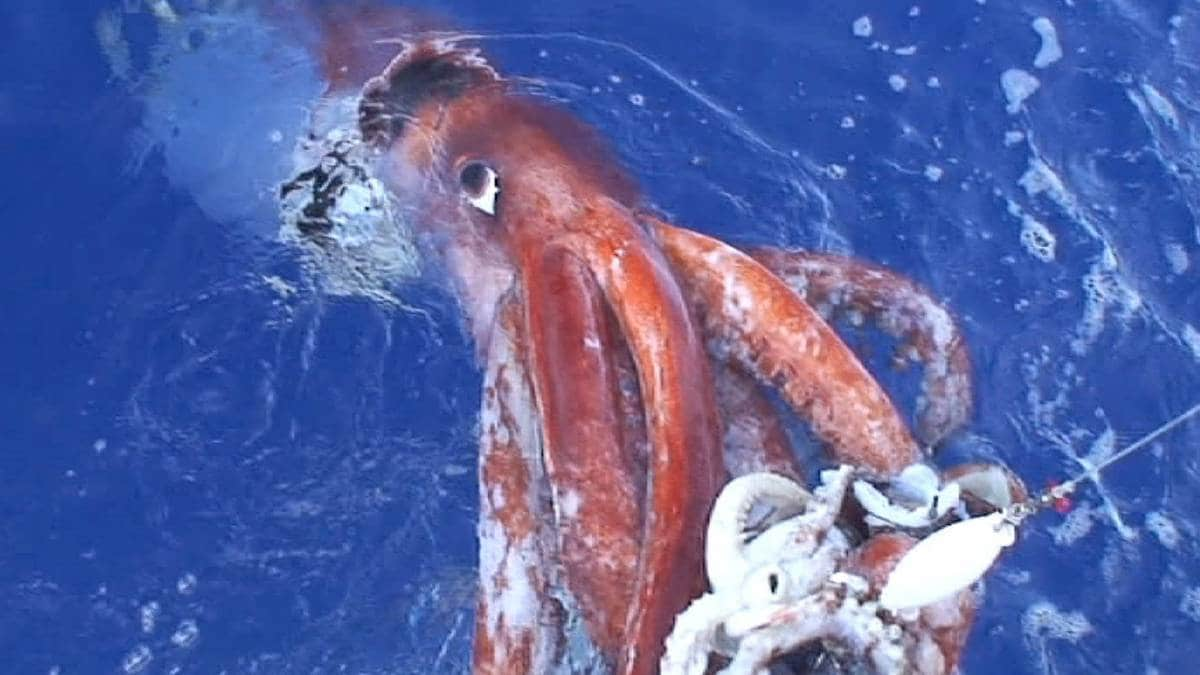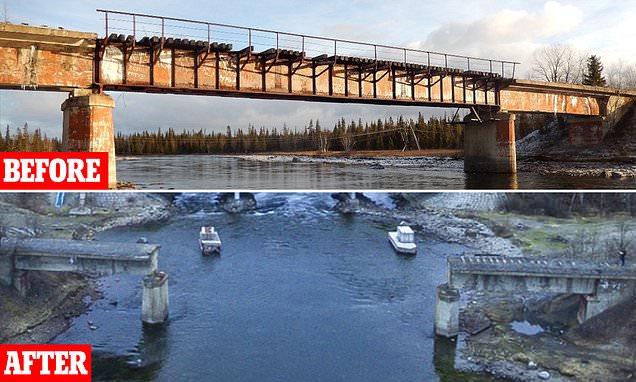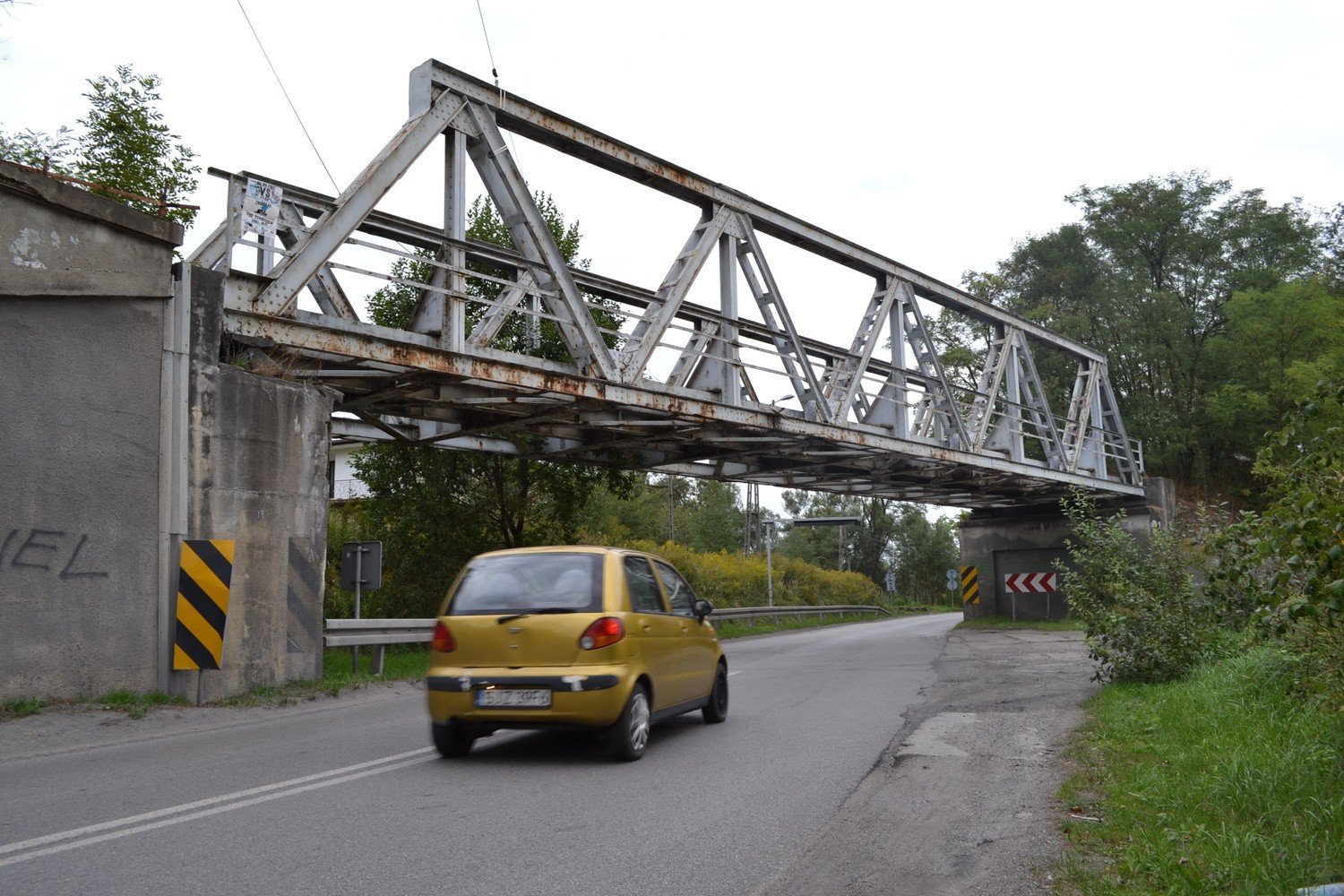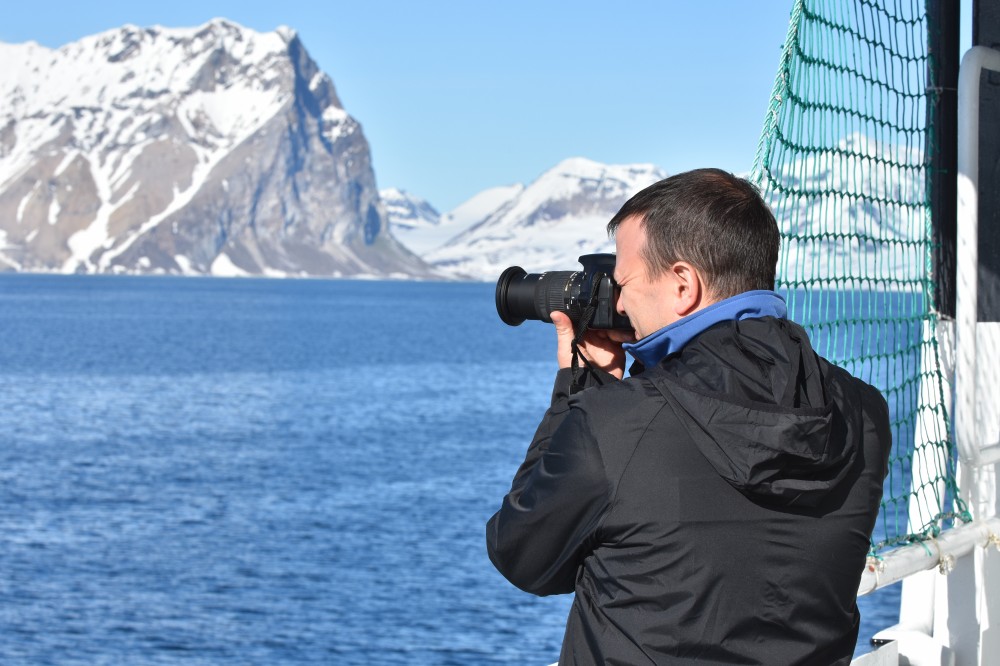Someone at a depth of 2.5 km stole 10 tonnes of secret underwater cable linking Norway to sonars
Norway's State Institute for Maritime Research (Institute for Maritime Research Norway's, or IMRN) has said that 66km of submarine network cable has been completely knocked out. "It's just a mystery," Sissel Rogne, managing director of the Institute for Maritime Research, told reporters on Norwegian broadcaster NRK.
It is a dual-purpose system: bottom-mounted sonar and video cameras allowed real-time information to be gathered not only about fish and crustaceans, but also about submarines.
It is noteworthy that the cable
was destroyed back in April, but it is only now being made public. Geir Pedersen, senior scientist at IMRN and leader of the LoVe Ocean project, explained the strange delay:
everyone thought the problem would be easily solved, as they did not see anything threatening until the screens went out and the echo sounders went silent. {
doesn't make much sense to me}
According to NRK journalist Sophie Retterstol Olaisen, who has reviewed IMRN's material, a remote vehicle was sent to the bottom immediately after the "image" went missing. But it was not until 10 September that underwater drone operators told IMRN management: "The cable between Node 2 and Node 3 was broken and lost. There was no sign of the cable in a 100-metre stretch on either side of where it was supposed to pass."
There was more to come. After investigating the entire network, 10 tonnes of the expensive cable had disappeared from the seabed along the border between the Norwegian Sea and the Atlantic Ocean, between the western end of the Scandinavian peninsula and Iceland and the island of Greenland.
That is where, according to US experts, the path of the Russian Navy's Northern Fleet submarines lies.
The situation is as follows: A network of powerful sonars off the Norwegian coast has not just been knocked out -
cables of great technological value have disappeared. The Yankees immediately blamed the Russians, saying who else, if there is a white-blue-red submarine route here.
Of course, funny enough, IMRN CEO Sissel Rogne reported the cable to the police, saying
it was made using unique technology and secret materials that they, the Norwegians, had not shared with anyone. The investigators there realised straight away that they could not find the thief themselves and got the PST intelligence agency involved, but they seem to have decided not to involve the CIA and MI6. {
Why would they?}
The story seems incredible, if only because
it is impossible to get to the network without being seen by both Norwegian civilian and military operators.
"The impression is that they just turned the system off first, as if they had unplugged the power, and then leisurely did their thing," say the institute's staff.
Incidentally, Sissel Rogne acknowledged that it wasn't just scientists who used information from the LoVe Ocean project. She said: "
We don't care that much about submarines in the area (located close to the coastal military facilities at Andøy, Evenes and other bases in northern Norway)... although
perhaps foreign governments might be interested in information about underwater surveillance."
It now complains of alleged sabotage of purely scientific work. Meanwhile, the Norwegian Defence Research Establishment has never concealed that the LoVe Ocean project is secondary, while
gathering information on Russian submarines is an absolute priority. Be that as it may, part of the investigation today is aimed at identifying vessels that operated in the area in question this spring. It even names a more precise date for the "theft" - 3 April.
What is interesting: the US has no doubts that it was the work of the Russian Navy's Northern Fleet, saying that if anyone is to be suspected, it must be Moscow's ill-intentioned one. But the Norwegians are not so categorical, although they do not exclude our country from the list of "criminals.
The cautious nature of their assessment is most likely because Oslo clearly knows something, while Washington wants to make a big deal out of it. The same IMRN does not exclude that there could have been an
unintentional cable-breaking by some vessel as a result of deep-water works during oil prospecting.
In any case, Russophobes have got another reason to accuse Russia and Putin personally of stealing the cable. Thus
, the US media reminds that the research vessel Yantar with deep-sea submersibles and a powerful hydroacoustic system was present near the submarine networks in the North Atlantic in August.
Yeah, they cut the cable in April and decided to take it back in August, like it's not the right thing to do. They would also say that the captain of the "Yantar" decided to make some money on scrap coloured goods...
The Pentagon's Military.com, in particular, has repeatedly suspected the ship of being involved in covert operations involving NATO submarine cables. And also in light of the current Norwegian LoVe Ocean, the overseas
media recalls a December 2017 interview by the Washington Post with US Navy Rear Admiral Andrew Lennon, who even then predicted that "the Russians will steal the cable sooner or later". "They are clearly taking an interest in NATO's submarine infrastructure," "prophesied" the chief (at the time) fighter against our submarines.
{
It was a NYT article, archived here, published in April last year and dealing with the 2019 Losharik fire that brought it, again:}
A 2017 report by Policy Exchange, a research and educational institute in the United Kingdom, found that seabed cables carry 97 percent of the data in communications globally, including roughly $10 trillion in financial transactions a day. The cables are largely unprotected and easy to find. As recently as a few years ago, American military and intelligence officials
reported that Russian submarines had often been operating near them. {
and they knew it from reading tea leaves, yes?}
Because the internet can reroute data when cables are damaged, Western analysts have often dismissed the dangers of sabotage. But considering the vital role of data in Western institutions of all kinds, Professor Zysk said, simply applying pressure by degrading the network could be enough.
According to him, "of course Russia has special purpose submarines that may well be equipped to both cut and connect to them or even steal them for the purpose of further study." It is not the nuclear-powered submarines of projects 885/885M "Yasen"/"Yasen M" and 955/955A "Borey"/"Borey-A" that the Yanks fear most, but the miniature
Losharik submarines.
"Losharik's capabilities have long been of great concern to NATO officials," notes US expert Thomas Newdick, "this one Russian submarine has the potential to have power far beyond its size, posing a powerful asymmetric maritime threat, for example by cutting the transatlantic cable." He writes: "Although we have no evidence that this is what happened off the Norwegian coast, one would expect the Losharik to at least become a major line of enquiry. {
as far as I know, Losharik is not back yet and operational}
There is a curious point here. Speaking of the mysterious LoVe Ocean case, the Americans essentially admit that they have no leads to pick on the Russians. Indeed, part of the cable was lost at 2,500 metres below sea level, and sonar was also installed there. At such depths, even the Norwegians admit that it is technically very difficult to cut the heavy-duty communication channel, let alone carry away several tons without being detected.
In short, it's not unlike the mystical Boshirov and Petrov on the Losharik to be capable of such a thing. But seriously, Eystein Brun, IMRN's head of technical infrastructure, explained that this was a
highly complex task that only a high-tech structure could carry out, not least because the network designers had taken into account the risk of third-party damage to the cable.
In any case, Oslo has so far chosen not to share the investigation with Washington, so as not to be the last man standing in the showdown between the US and neighbouring Russia. According to IMRN, the police have not found the thief at a depth of 2.5km, which means the Norwegians have no choice but to reroute the cable to restore this source of NATO underwater intelligence as soon as possible.

 www.nrk.no
www.nrk.no









